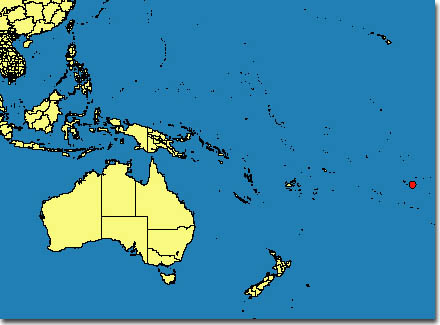 |
 |
||
|
|
|||
| Diagnosis | Encarsia hispida De Santis |
|||||||||||||
| Species group | ||||||||||||||
| Distribution | ||||||||||||||
| Host | ||||||||||||||
| Comments | ||||||||||||||
| Illustrations | ||||||||||||||
| DNA | ||||||||||||||
Encarsia hispida De Santis, 1948: 45. Holotype female, Brasil, Rosario, Santa Fe, ex aleyrodid on Salvia splendens (Polaszek et al., 1992: 383) (UNLP). Encarsia hispida: Viggiani, 1989: 207, as synonym of Encarsia meritoria Gahan, 1927: 19. Holotype female, USA, Florida, Miami, ex Trialeurodes floridensis (USNM). |
||||||||||||||
Diagnosis |
FemaleColourHead and body yellow except pronotum and mesonotum anteromedially light brown and axillae largely brown. Legs yellow. Antenna yellow, apical segments slightly darkened. Wings hyaline. MorphologyClava 2-segmented, not very distinctly defined. Pedicel longer than F1 (1.29). F1 shorter than F2 (0.87) and distinctly shorter than F3 (0.68). Mid lobe of mesoscutum with 14 setae. Scutellar sensilla widely separated (approximately 6 x the width of a sensillum). Distance between anterior pair of scutellar setae subequal to distance between posterior pair. Fore wing about 2.6 x as long as wide. Marginal fringe 0.19-0.30 x as long as wing width. Tarsus of middle leg 4-segmented. Apical spur of middle tibia distinctly longer than half the length of the basal tarsal segment (0.79). Ovipositor 1.09 x the length of the middle tibia. Third valvula 0.67 x as long as second valvifer. |
|||||||||||||
Species
|
Correctly placed in E. luteola-group by Polaszek et al. (1992). |
|||||||||||||
Distribution
|
 Click here for material examined window. |
|||||||||||||
Host |
B. tabaci (Gennadius). The following additional hosts have been recorded (Polaszek et al., 1992): Aleuroglandulus malangae Russell, Aleurothrixus porteri Quaintance, ?Siphoninus phillyreae (Haliday), ?T. vaporariorum (Westwood). |
|||||||||||||
Comments |
Encarsia hispida is the only predominantly yellow coloured species treated here with 4-segmented tarsi of the middle legs. The other species with 4-segmented tarsi have either a dark brown mesosoma (E. formosa, E. luteola, and E. guadeloupae) or the fore wing has a bare area near the leading edge (E. nigricephala).
Encarsia hispida is similar to E. meritoria and is regarded as a synonym of the latter by some authors (Viggiani, 1989; Schauff et al., 1996). However, according to Polaszek et al. (1992) they are distinct species which can be separated by the following characters: in E. hispida the second flagellar segment (F2) of the female is smaller than the third one (F3) and intermediate in size between F1 and F3, whereas in E. meritoria F2 and F3 are equal in length. In male hispida F5 and F6 are separate, whereas in E. meritoria they are fused. Molecular evidence supports the view that E. hispida and E. meritoria are distinct species (Babcock et al., 2001). |
|||||||||||||
Illustrations |
|
|||||||||||||
DNA
|
28S-D2 rDNA: GenBank Accession Code: AF223370. |
|||||||||||||
| © Copyright 2001, CSIRO Australia |
| [webmaster - February 2001] |
| Use of this web site and information available from it is subject to our |
| Legal Notice and Disclaimer |